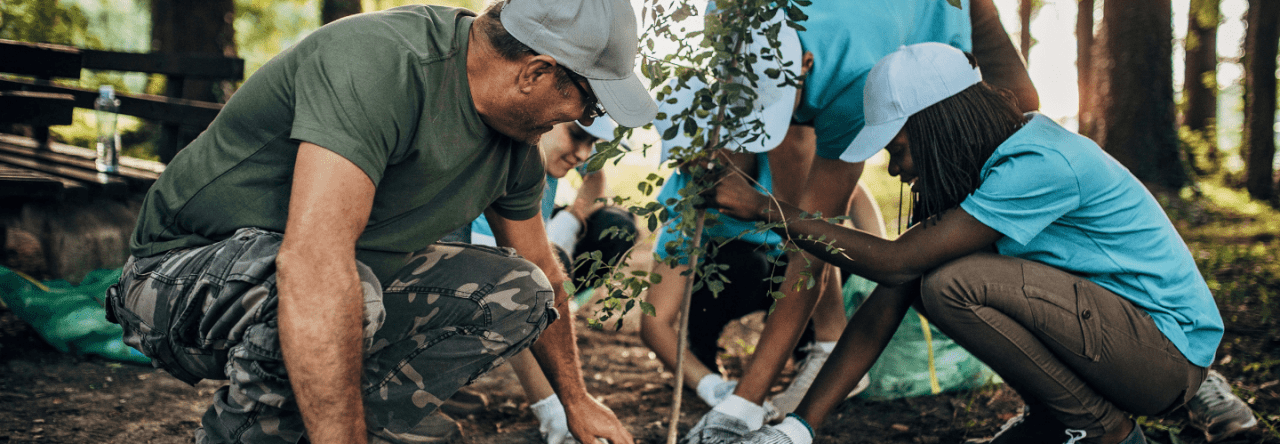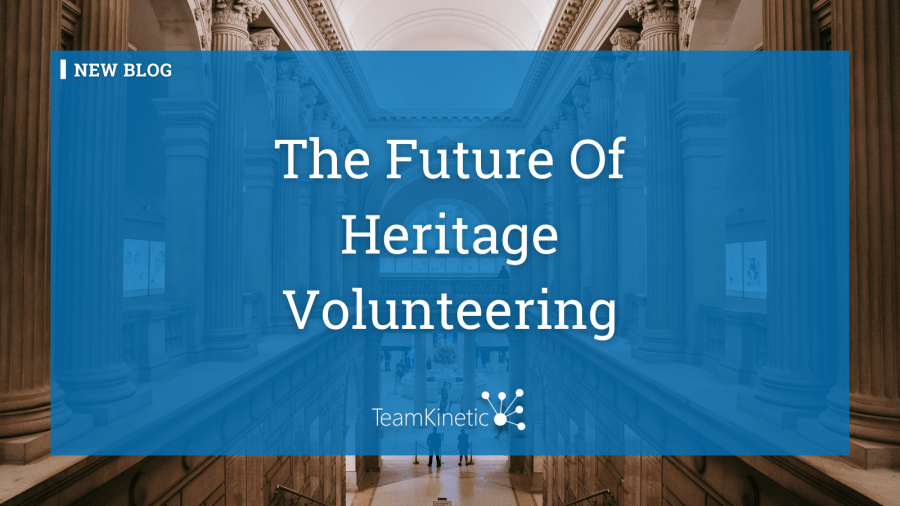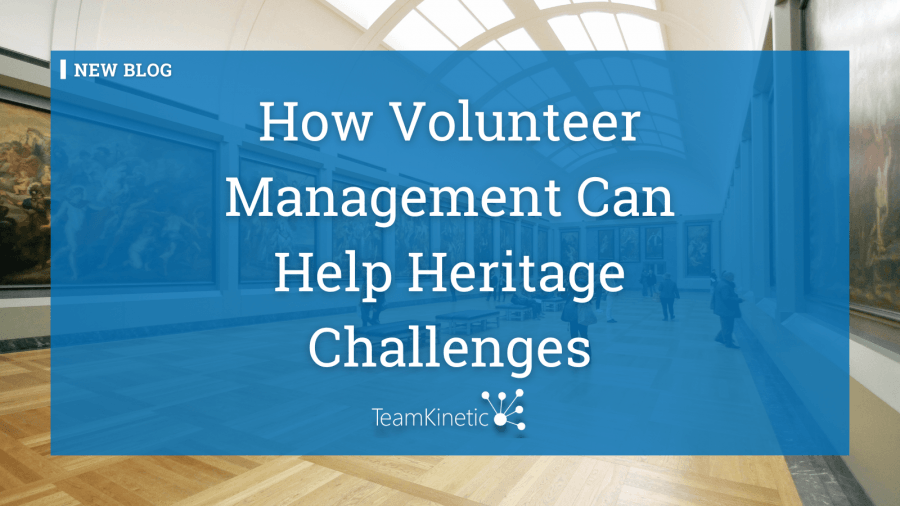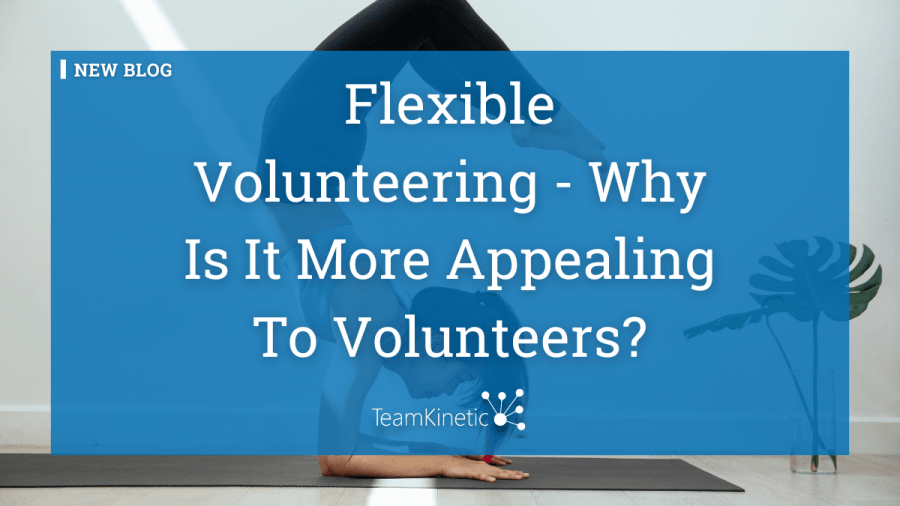Welcome back to Season 2 of our TeamTalk podcast. This season, we are talking to thought leaders, customers and stakeholders from the world of sport and physical exercise as we dive deeper into the world of volunteering.
We are also joined again by our co-host Imo Greatbatch. Imo is currently the Head of Volunteering at England Netball, she is passionate about volunteering in sports and is offering her knowledge and insight on the topic.
In this TeamTalk episode, we wanted to feature guests that explore inclusion and accessibility needs. We explore Danielle and Richard’s roles in England Netball and how we create that sense of belonging in the sport.
Listen to Season 2 Episode 5 here:
England Netball
England Netball is responsible for overseeing and promoting the sport of netball in England at all levels. They manage the England national netball team, which competes in international competitions such as the Netball World Cup and the Commonwealth Games. They also develop and implement policies and programs to grow participation in the sport at the grassroots level. This includes coaching, officiating, and volunteer development. England Netball also works with other organisations and partners to develop netball’s infrastructure and facilities, and to promote the sport to new audiences. They also have some role in managing the domestic leagues and competitions.

Danielle Hogan
Danielle is the diversity and belonging business partner for England Netball. Danielle’s background is in business psychology but she has always played Netball and been a big fan of basketball, her life has always been sports outside of any work.
Richard Evans
Richard is the strategic lead for disability at England Netball. Richard discusses how his parents played a big part in why he does what he does today as he had been brought up in a volunteering role. Richard had his first volunteering role at just 15 years old! He then carried this on all throughout university and onwards, all throughout his journey as a non-traditional physio Richard worked in a sport setting.
Thank you to Danielle and Richard for joining us on the podcast, and sharing their insightful knowledge! It was a pleasure to have you both as guests.
Useful links:
Episode link: https://open.spotify.com/episode/2VgnAGQ2auTPKqS3NJ4xoS
England Netball website: https://www.englandnetball.co.uk/
England Netball Twitter page: https://twitter.com/EnglandNetball
Imogen’s Linkedin Profile: https://www.linkedin.com/in/imogen-greatbatch-024b2823/
Danielle’s Linkedin Profile: https://www.linkedin.com/in/danielleshogan/
Richard’s Linkedin Profile: https://www.linkedin.com/in/richard-evans-81a425198/
You can find TeamKinetic on social media and listen to our podcast:





























